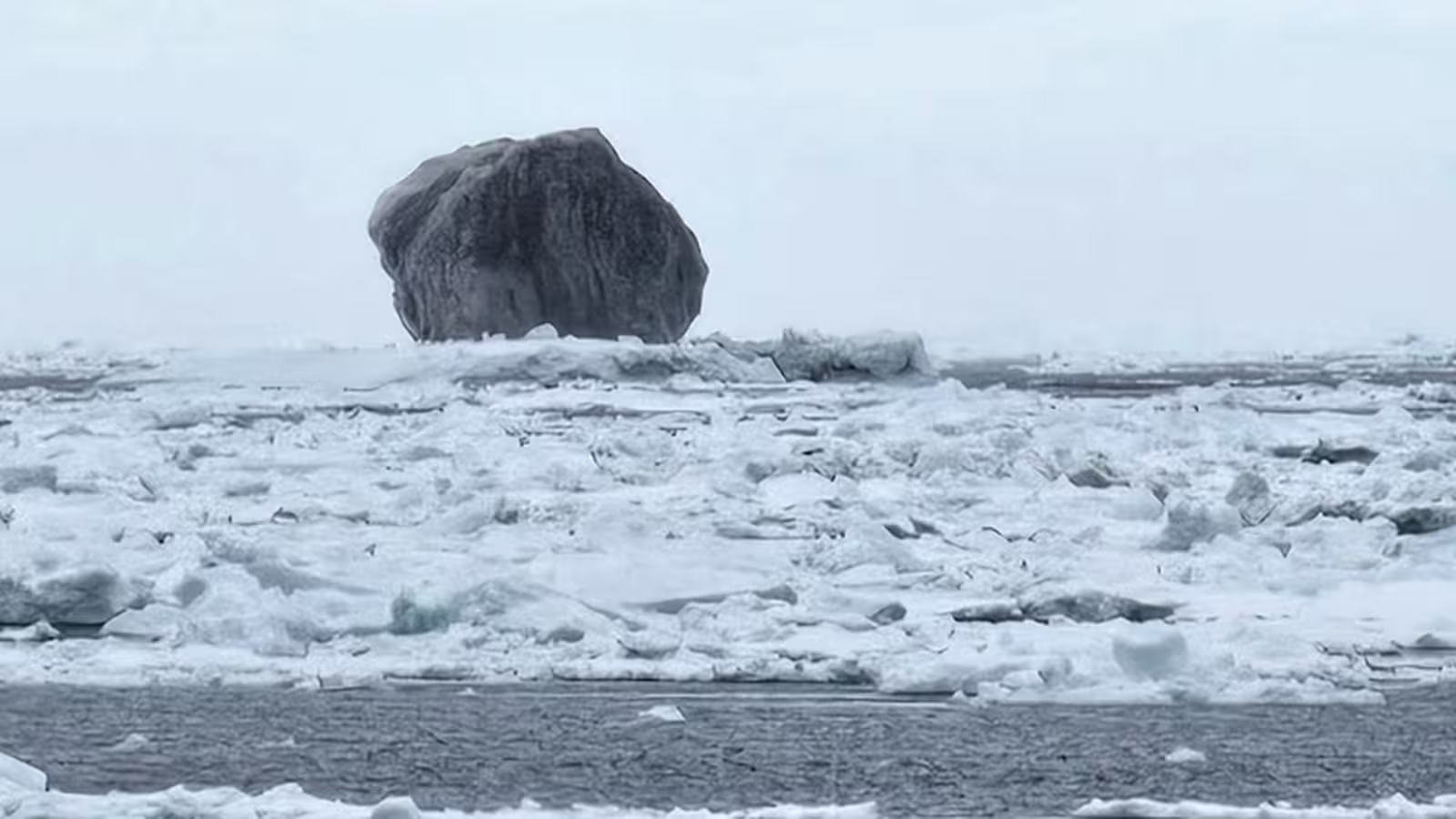5 Minutes
An extraordinary natural spectacle has captured the world's attention after a fisherman off the coast of Canada recorded a rare, black-colored iceberg drifting through the Labrador Sea. The viral footage, captured by Hallur Antoniussen aboard the fishing trawler Saputi in mid-May, revealed an iceberg with an unusually dark, almost soot-like appearance—starkly contrasting the pale blue and white ice forms usually seen in polar regions. "I've seen icebergs that roll onto beaches with rocks embedded in them, but this one is different. It's not only black—it's almost diamond-shaped," Antoniussen remarked in an interview with CBC Radio.
The Science Behind Iceberg Colors
Most people envision icebergs as pristine white or light blue, floating in the cold waters of the North Atlantic or the polar oceans. This common perception arises from the scattering of light by countless air bubbles trapped within young, freshly formed ice. As icebergs age, they undergo significant compression, forcing out air pockets. This process makes the ice more transparent and glass-like, allowing light to penetrate deeper and absorb red wavelengths while scattering blue shades—explaining the stunning blue hues seen in ancient ice.
However, icebergs can appear in a surprising variety of colors depending on their origins and the materials embedded within them. Green icebergs, for instance, gain their tint from iron oxides, producing a yellowish color that, when mixed with the natural blue of ancient ice, results in a striking green appearance. Black or dark gray icebergs, while exceedingly rare, can also occur. Such coloration usually happens when dark sediments, volcanic ash, or other debris become trapped within the ice during its formation or as it grinds against rocky terrain. Some dark icebergs form when blocks of glacier ice roll over or encounter rock-laden shorelines, collecting material that stains their surface.
How Did the Black Iceberg Form?
The exceptionally dark iceberg documented by Antoniussen is particularly intriguing because its color appears uniform and unusually deep. According to Dr. Lev Tarasov, a glaciologist from Memorial University in Canada, one likely explanation is that this iceberg originated from a glacier that accumulated significant debris during its slow journey across land. As glaciers move toward the sea, they act like conveyor belts, grinding down rocks and soil and embedding this material deep into the ice. Tarasov notes that while smaller debris-laden chunks are occasionally observed in places like Greenland, the remarkable consistency and depth of the dark color suggest this iceberg is quite ancient—potentially dating back anywhere from 1,000 to 100,000 years.
Another scientific hypothesis points to volcanic activity as a possible source of coloration. Massive volcanic eruptions can deposit vast quantities of soot on glaciers, which may become locked inside the ice and later revealed as the iceberg calves into the ocean. Some researchers have even speculated that debris from meteorite impacts could contribute to such dark features, though direct evidence is lacking in this particular case.
Why This Discovery Matters
This rare observation offers new opportunities for glaciologists and climate scientists to study how icebergs form, evolve, and interact with Earth's geological processes. Understanding the mechanisms behind anomalies like black icebergs helps researchers trace the movement of ancient ice, monitor climate change effects in polar regions, and reconstruct past volcanic or impact events. However, obtaining direct samples from such unique icebergs is challenging given their rarity and fleeting presence in the open sea.
Conclusion
The discovery of a black iceberg off the Canadian coast has ignited widespread interest, serving as a striking reminder of the hidden complexities within Earth's polar regions. While the exact origin of this particular iceberg may remain a mystery, scientific analysis points toward deep geological and environmental processes at work—ranging from glacial activity and sediment transport to the fallout from ancient volcanic eruptions. Continued observation and research may one day unlock more secrets from the dark depths of Earth's icy frontiers.
Source: sciencealert


Leave a Comment